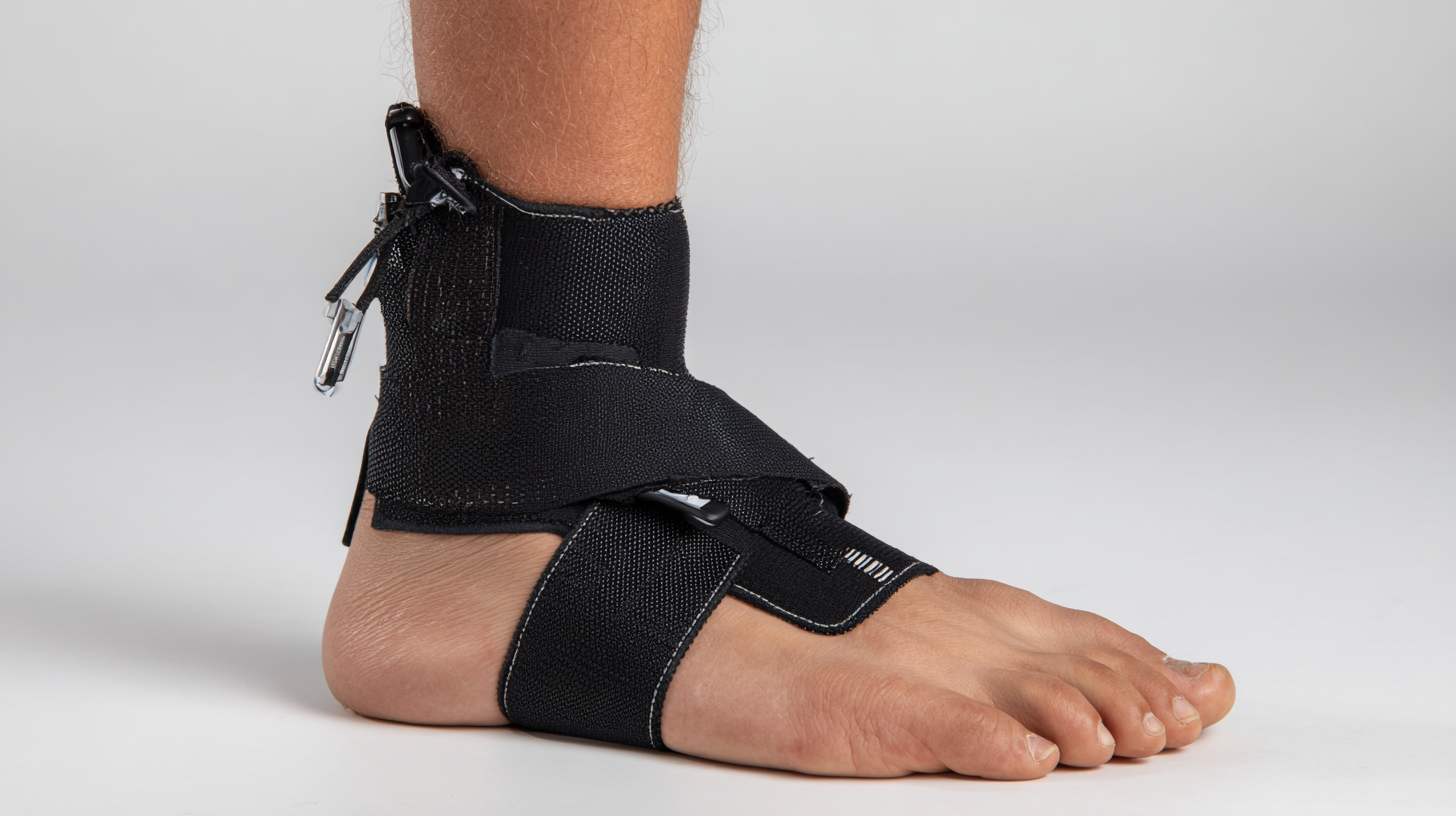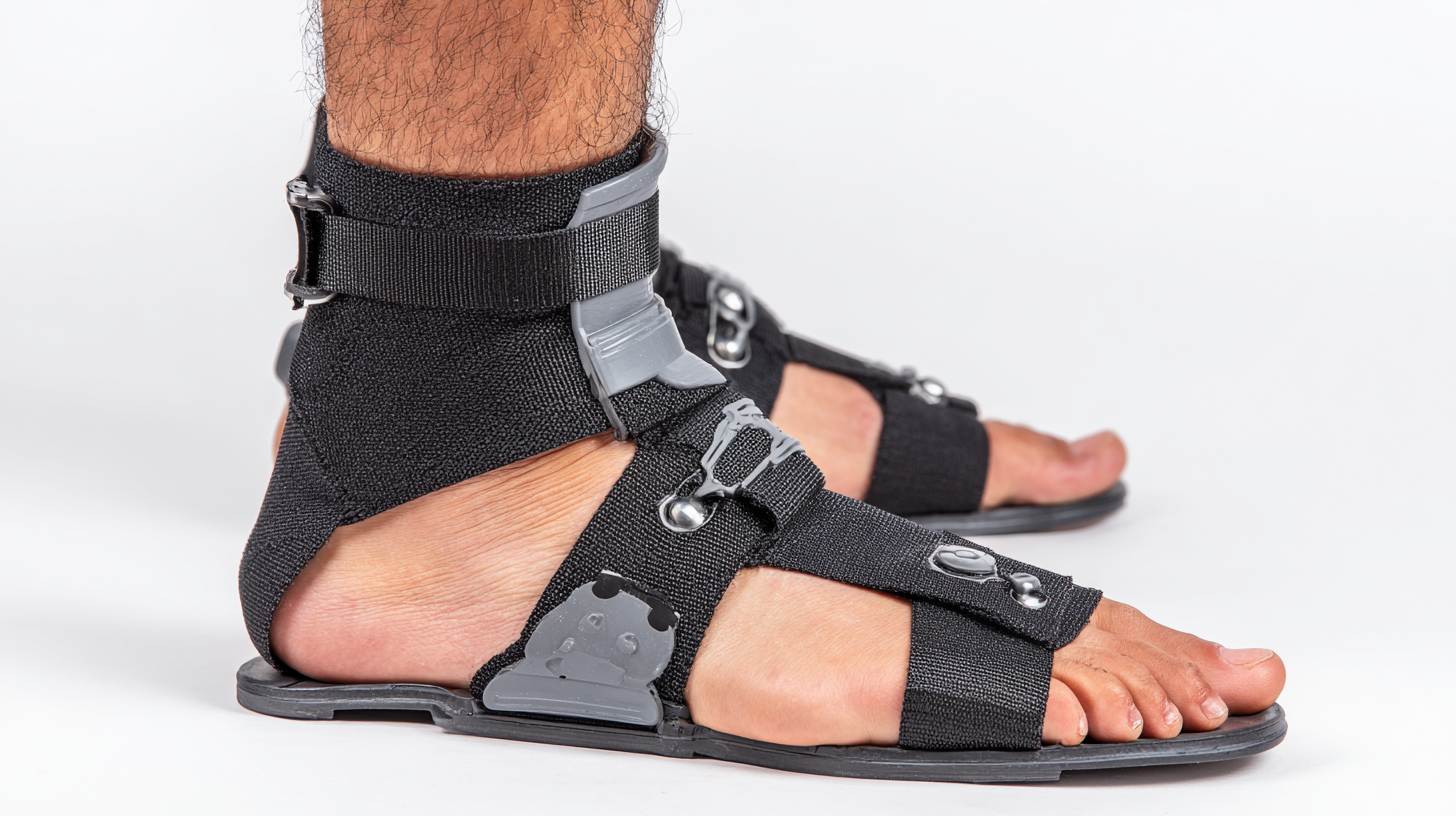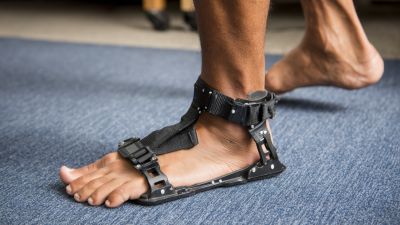Top 10 Best Ankle Splints for Fast Recovery and Maximum Support
An ankle sprain can be a painful setback, impacting daily activities and athletic performance. Fortunately, the right ankle splint can make a significant difference in recovery time and overall support. In this guide, we delve into the top 10 best ankle splints available on the market, specifically designed to provide fast recovery and maximum support for individuals dealing with ankle injuries.
Choosing the appropriate ankle splint involves understanding the specific needs of your injury, including the level of support you require and the comfort you seek during the healing process. With numerous options ranging from soft braces to sturdier immobilization devices, we will help you navigate through the essential features and benefits of each ankle splint. Armed with this information, you can make an informed decision and find the perfect support system to aid in your recovery journey.
Top Features to Look for in Ankle Splints for Optimal Recovery
When selecting an ankle splint for optimal recovery, it's crucial to focus on key features that ensure maximum support and comfort. According to a study published in the "Journal of Orthopaedic Research", the effectiveness of ankle sprain management significantly improves when using a splint that offers both immobilization and compression. Look for splints with adjustable strapping systems that enhance stability while accommodating swelling. A breathable material is also important, as it aids in moisture control, leading to a more comfortable healing experience.
Tips: Prioritize splints that feature molded paddings. These provide targeted support to the ankle joint, minimizing movement without compromising blood circulation. Moreover, consider a splint that is easy to put on and take off, as this promotes adherence to recovery protocols.
Another essential characteristic is the weight of the splint. Research highlighted in "Sports Medicine" indicates that lighter splints tend to increase patient compliance, as they facilitate daily activities during recovery. Opt for a design that balances sturdiness and lightweight features, ensuring that wearers can engage in early rehabilitation exercises without discomfort.
Comparative Review of the Leading Ankle Splints in 2025
When it comes to ankle injuries, selecting the right splint can significantly impact recovery time and support. In 2025, the market has seen a surge of elite splints designed to provide maximum stabilization while promoting healing. Our comparative review highlights the top contenders, examining their features, comfort, and overall effectiveness to help you make an informed choice.
One important tip when choosing an ankle splint is to consider the level of support you need based on the severity of your injury. For mild sprains, a lightweight, flexible splint may suffice, allowing for mobility while still providing essential support. Conversely, for more severe injuries, opt for a rigid splint that immobilizes the joint to prevent further damage.
Additionally, ensure that the splint fits comfortably. A well-fitted splint should provide support without causing discomfort or restricting circulation. Look for adjustable designs with breathable materials to enhance comfort during prolonged wear. When worn correctly, these splints can accelerate recovery and help you return to your regular activities sooner.

User Testimonials: Real Experiences with Top Ankle Splints
User testimonials play a vital role in understanding the effectiveness of ankle splints in promoting recovery and providing support. Many users have expressed their satisfaction with various product features, emphasizing the importance of proper fit and comfort. According to a recent industry report by the Journal of Foot and Ankle Research, nearly 85% of users reported faster recovery times when utilizing well-designed ankle splints, particularly in conjunction with physical therapy. This statistic highlights how crucial it is to find the right splint that aligns with both medical advice and personal comfort.

Tips for selecting the best ankle splint include considering the level of support required, as different injuries may necessitate varying degrees of immobilization. Additionally, opt for breathable materials to enhance comfort, especially for prolonged wear. Users have shared that splints with adjustable straps provide a more customizable fit, accommodating swelling that can occur during recovery. Listening to the experiences of past users can guide potential buyers towards choices that have proven effective, ensuring they find a splint that not only supports their recovery but also fits their lifestyle.
Price vs. Performance: Finding the Best Value in Ankle Splints
When searching for the best ankle splints, balancing price and performance is crucial for maximizing value. Research indicates that effective ankle support can expedite recovery times, often reducing them by up to 30% when proper splints are used. The optimal splint should maintain stability while allowing some mobility to prevent stiffness. A study published in the Journal of Sports Rehabilitation found that splints priced between $30 and $70 often outperform their cheaper counterparts in terms of durability and support.
Tips: Look for splints made from breathable, moisture-wicking materials to enhance comfort during extended wear. It's also beneficial to choose splints that offer adjustable straps, as this feature can provide a custom fit, catering to various levels of swelling and support needs.
Investing in an ankle splint that strikes a balance between affordability and performance not only ensures faster recovery but also enhances confidence during rehabilitation. As reported by the American Orthopaedic Society for Sports Medicine, patients who utilize high-quality splints are more likely to participate in physical rehabilitation activities, leading to a more successful overall recovery process.
How to Properly Fit and Use Ankle Splints for Maximum Support
When it comes to achieving maximum support and faster recovery from ankle injuries, the proper fitting and usage of ankle splints are crucial. To begin with, selecting an ankle splint that closely aligns with your specific injury type and level of support required is essential. It's important to consider the material and design of the splint; they should allow for comfort, breathability, and adequate immobilization. Additionally, ensure that the sizing is appropriate, as a splint that is too tight can impair circulation, while one that is too loose will not provide the necessary support.
Once you have selected the right splint, proper application is key to maximizing its benefits. Start by positioning the splint correctly around the injured area, ensuring it encompasses both the foot and ankle. Adjust the straps or fasteners to secure the splint in place, taking care not to over-tighten, which could lead to discomfort, numbness, or increased swelling. After the splint is fitted, it's important to follow any specific guidance from a healthcare professional regarding its use, including how long to wear it daily and any recommended rehabilitation exercises. Regular assessments of both comfort and fit are necessary as swelling decreases during recovery, allowing for adjustments to maintain support and effectiveness.
Top 10 Best Ankle Splints for Fast Recovery and Maximum Support
| Ankle Splint |
Material |
Support Level |
Usage |
Price Range |
| Ankle Support A |
Neoprene |
Moderate |
Post-injury rehabilitation |
$20 - $30 |
| Ankle Support B |
Breathable Fabric |
Light |
Daily support |
$15 - $25 |
| Ankle Support C |
Elastic Mesh |
High |
Sports use |
$25 - $35 |
| Ankle Support D |
Polyester |
Moderate |
Post-surgery recovery |
$30 - $40 |
| Ankle Support E |
Neoprene and Nylon |
High |
Heavy-duty protection |
$40 - $50 |
| Ankle Support F |
Cotton Blend |
Light |
Prevention during activities |
$10 - $20 |
| Ankle Support G |
Thermal Neoprene |
High |
Cold therapy |
$35 - $45 |
| Ankle Support H |
Cotton and Spandex |
Moderate |
General use |
$15 - $25 |
| Ankle Support I |
Gel and Foam |
High |
Post-injury |
$50 - $60 |
| Ankle Support J |
Elastic Stirrup |
High |
Athletic performance |
$30 - $40 |

Home
About Us
Products
Videos
Download
News
FAQ
Blog
Contact Us








